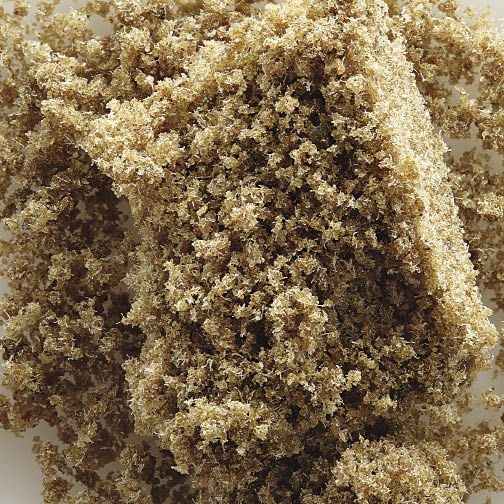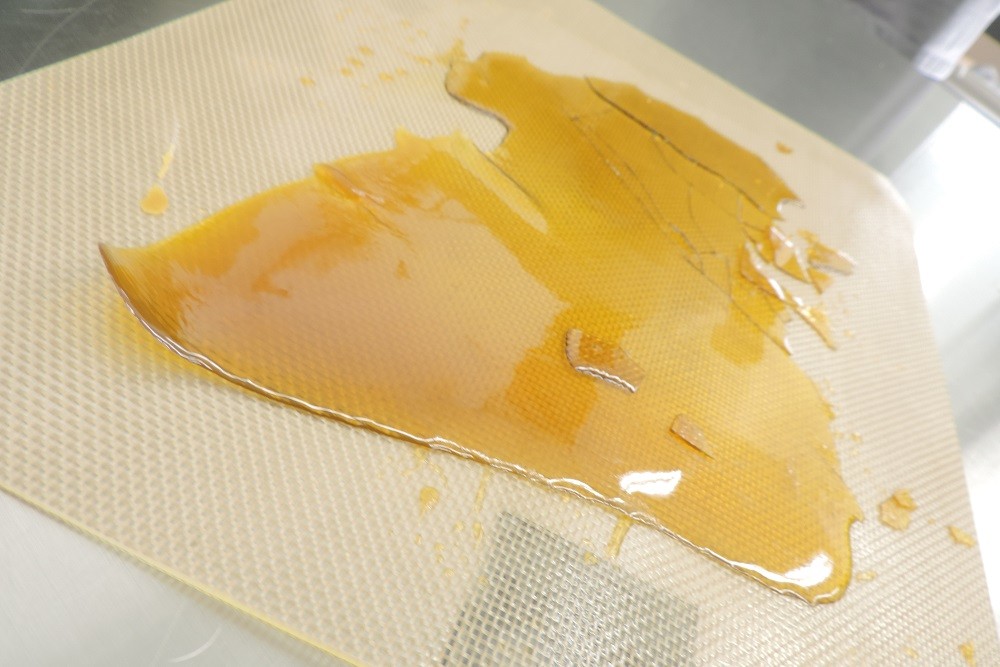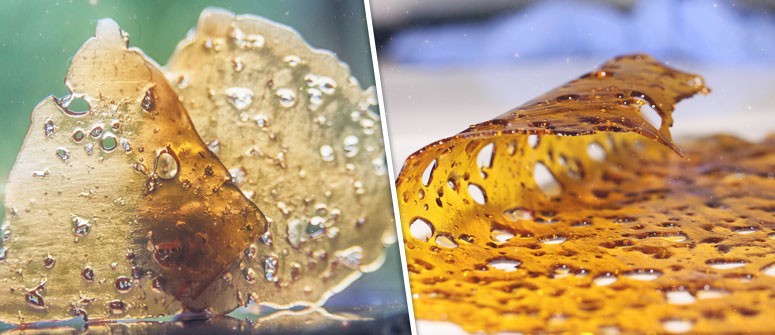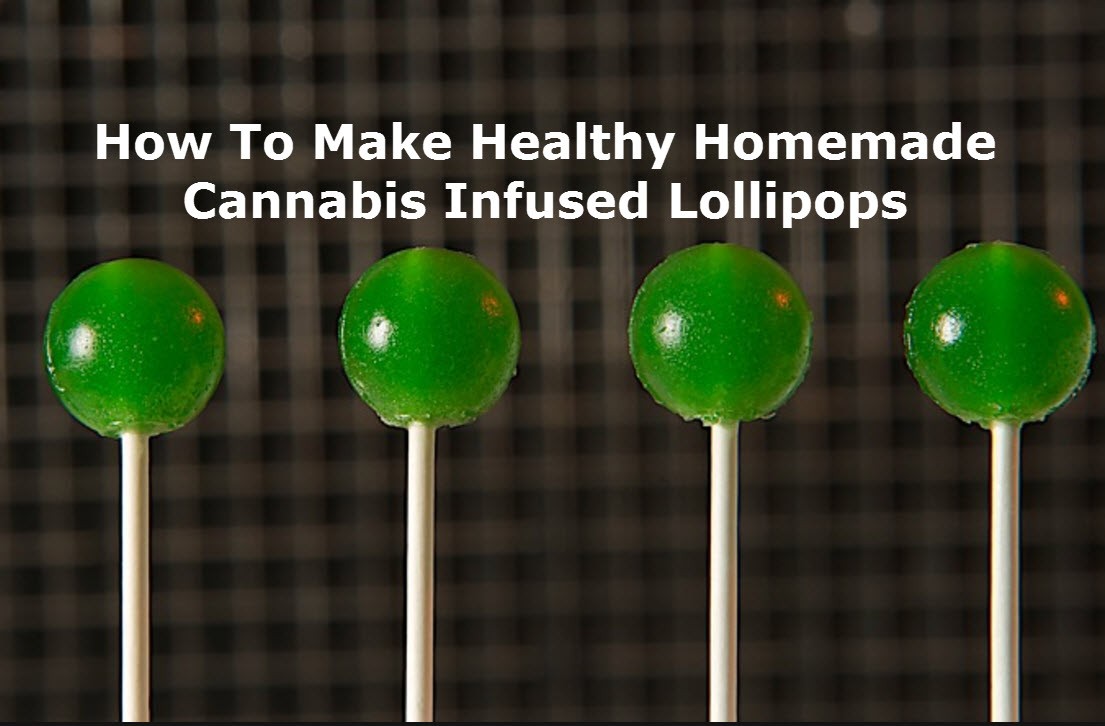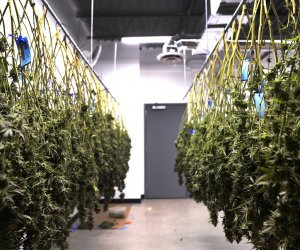Water hash is favorite method of making concentrates across the planet. Its name comes from the efficient water process that is used to collect glands from the trip, leaf, and bud bits. Water hash is actually a loose, kief-type product that can be smoked as is, or pressed into traditional hashish form. Either way, many people are quickly converted once they’ve experienced this pure and potent product.
Water hash can be made in small or large quantities. Ready-made systems can be purchased to simplify the process. These system have increased the precision and efficiency of the water hash process, and contributed to its surge in popularity. It is also possible to make water hashing using home-gathered equipment.
Water hash’s two-decade run of dominance is now being challenged by the rise of solvent hash. Wax, shatter, budder, and oil have muscled aside bubble hash on many dispensary shelves in the US over the last few years. But the competition from solvent hash has also forced water hash makers to up their game. Ultra-fine water hash is now being pitched as “solvent-less” wax, reflecting the level of distrust about poorly made butane tainted products. High-grade water hash is also great fro edibles, and the best of it is indeed dabable. It’s hard to get hurt making water hash because the method doesn’t cause explosions and doesn’t involve sketchy chemicals.
How Water Hash Works
The water hash method uses a combination of water, ice, and agitation to separate glands from the plant material. Ice, water, and plant material are placed in a bucket that has been lined with bags. These filtration bags are similar to the screens used in making kief. They filter the glands by micron size, separating the trash from the hash. A micron is one-millionth of a meter, or .001 millimeters. The material is stirred to knock the trichomes free. Plant material is trapped and floats in the top bag, while the glands, which are heavy and sink, are collected in the lower bag.
Ready-made systems use multiple bags that sort the glands into grades. Unlike kief making, the material is separated in one step rather than through repeated sieving. Usually the material is processed once. Some commercial hash makers process it a second time to capture more of the THC. The ice serves a dual purpose, as an agitator against which the material is rubbed, and to make the material very cold, so the glands and the plant material remain brittle. After the material is agitated in ice water, it is allowed to settle. Then the bags are separated, and the glands are removed from each one. After the water hash is dried, it is ready to smoke.

